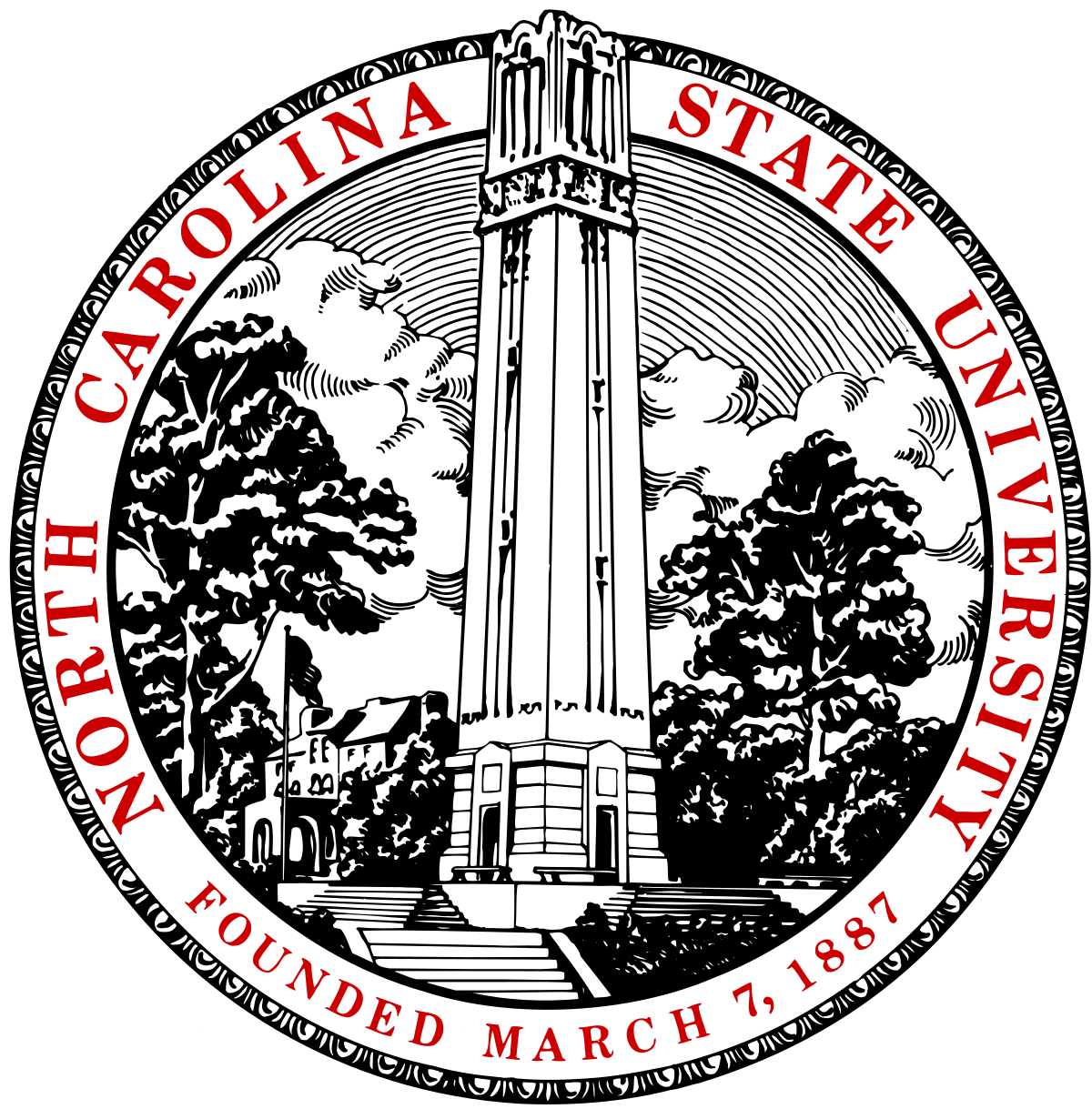I have been posting about the U.S. Department of Energy's Advanced Research Projects Administration-Energy (ARPA-E) lately. They recently announced ten grants totaling about twenty-four million dollars for work on advanced nuclear reactor technology. Today, I am going to drill down into details on one of those grants.
Researchers at North Carolina State University (NCSU) have received a $3.4 million grant from ARPA-E to develop new control systems for nuclear power plants that rely strongly on artificial intelligence. The NCSU team includes people from New Mexico State University and Ohio State University, the Oak Ridge and Idaho government nuclear laboratories, and two private-sector companies, TerraPower and Zachry Nuclear Engineering.
TerraPower is deeply involved in the project. It is trying to develop a traveling wave reactor that is sodium cooled. The new type of reactor will be able to burn a wider range of nuclear fuels than conventional power reactors that are water cooled. Proponents of the design say that the new reactors will be safer and more economical than conventional power reactors. TerraPower intends to build a prototype of their new reactor in China around 2025.
ARPA-E was interested in funding the work at NCSU because it will eventually provide technology for the new reactors under design at TerraPower. The NCSU team includes people from Zachry which is a company that writes software for commercial nuclear power plants.
The initial work at NCSU will utilize a different reactor than the TerraPower reactor. NCSU says that the technology that they are working on should eventually be applicable to multiple reactor types. The basic idea that NCSU is working on is to set loose machine learning on the huge amounts of data generated by a nuclear reactor control system. It is hoped that the machine learning will be able to spot problematic patterns in the data and call them to the attention of the human operators.
The NCSU team will integrate simulation and real-world data. Scenarios from each will be compared in order to develop “confidence [in] what they can predict and what is the range of uncertainty of their prediction. At the end, the operator will make the final decisions.” The security of a new system is a big concern which is why computer science specialists from universities and two national labs will be involved in the development of the software.
The development of the new AI systems is intended to ultimately lower the operating and maintenance costs of a reactor. This will be accomplished by making it easier to operate the reactor and plan maintenance with a smaller staff of technicians than is currently required at nuclear power plants. The new system should help the TerraPower designers figure out what type of sensors should be employed in their reactor and where the sensors should be placed.
In addition to security, there are also questions of how reliable an AI system will be. One of the problems with machine learning is that sometimes it can be difficult to understand exactly what a system is doing and why it comes to certain conclusions. Such knowledge will be critical if nuclear power plant operators are going to be able to trust what the AI system is telling them.
